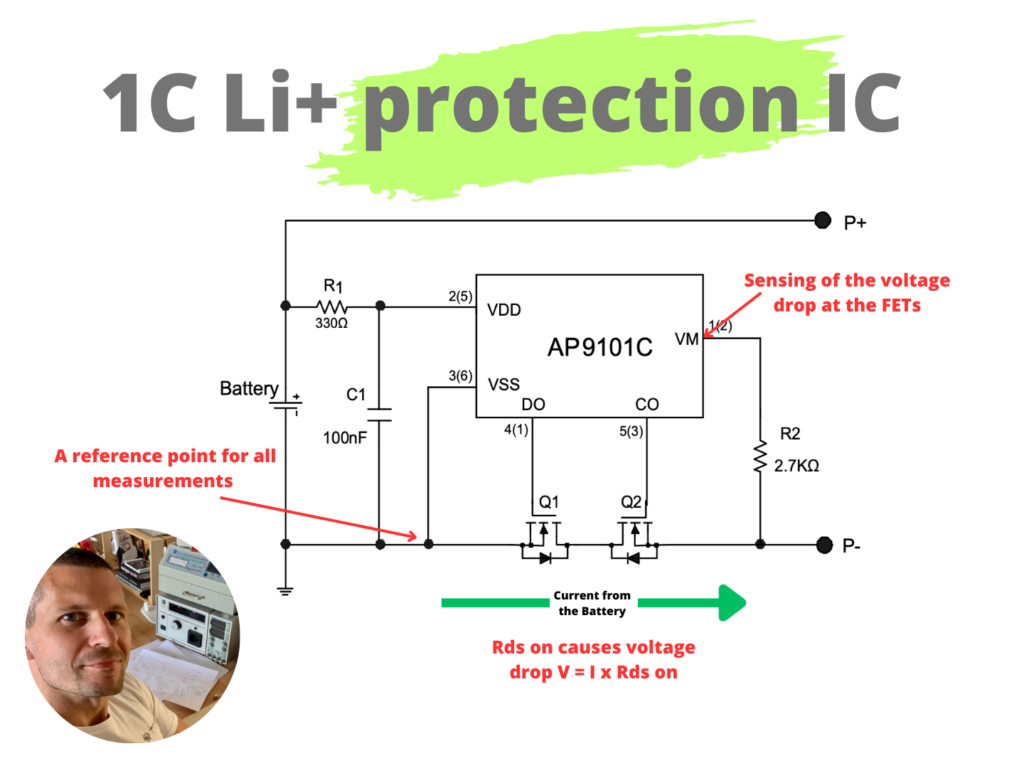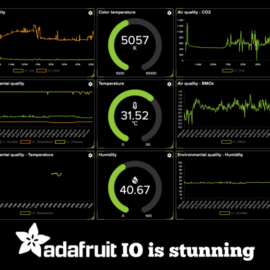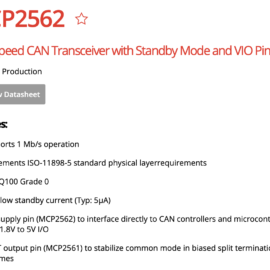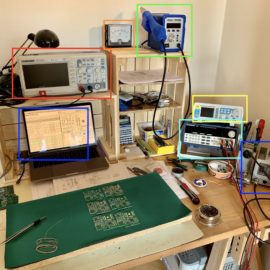🪫🔋🪫 𝟏-𝐜𝐞𝐥𝐥 𝐋𝐢+ 𝐩𝐫𝐨𝐭𝐞𝐜𝐭𝐢𝐨𝐧 𝐈𝐂 𝐀𝐏𝟗𝟏𝟎𝟏𝐂
I want to follow the MOSFET topic from yesterday. I tried to explain the main differences between seemingly very similar FET transistors.
Today, I want to explain one of the parameters in a real application.
You want to design a single-cell LiPo protection circuit to protect the battery from overcharging, extreme discharging, short circuits and similar events.
A very popular device is 𝗔𝗣𝟵𝟭𝟬𝟭𝗖 by Diodes Inc. The recommended application circuit is in the picture.
🟢 The current from the Lithium cell flow in the direction of the green arrow.
🔴 Two serial NFETs create a channel for the current. The channel resistance is a non-zero value very important for the IC.
When you open the 𝗔𝗣𝟵𝟭𝟬𝟭𝗖 datasheet, you can see tens of IC variants that differ in parameters.
You can choose a variant with the Discharge Overcurrent detection voltage of 100 mV. You used 2N7002 FETs. What is the maximal current those FETs can transfer until the protection IC shuts the channel down?
I < 0.100 V / (2 x 5Ω) = 10 mA
Is it surprising? Is it useful? Yes, it is. You can design a very sensitive protection circuit for each application. I love that device ❤️for its simplicity and universality.



